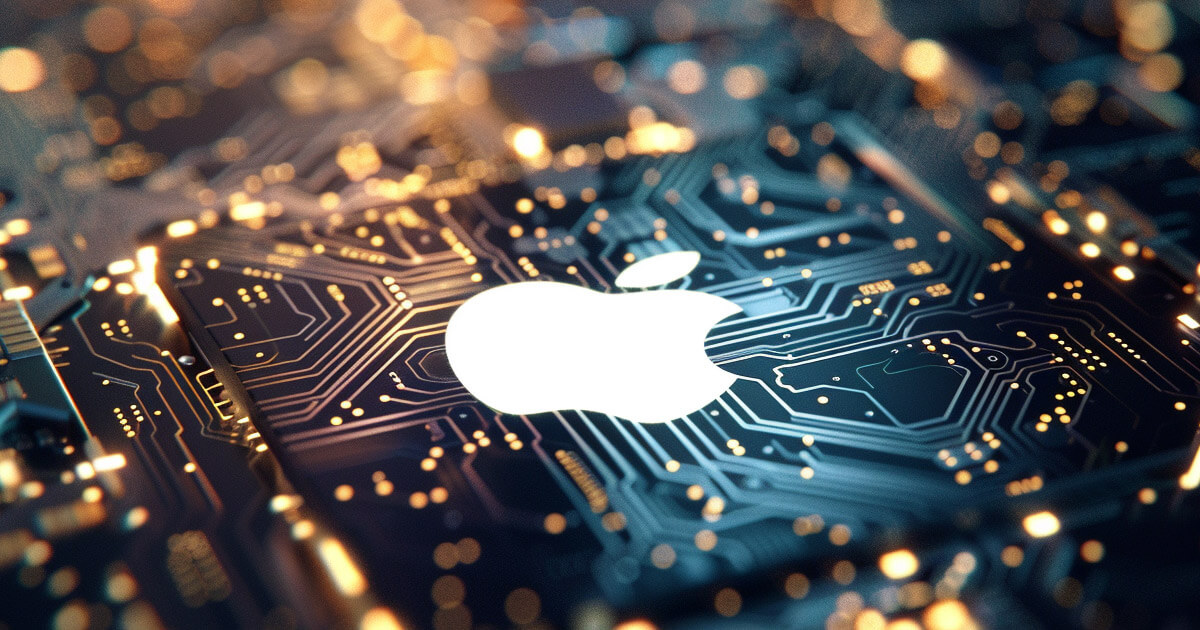California’s Electric Grid and Future Challenges
California’s electric grid is currently leading the way in the United States’ energy transition, boasting significant solar production and increasing battery installations. However, with the state mandating that all passenger vehicles must be electric by 2035, the demand for electricity is expected to rise substantially. This shift raises critical questions about the readiness of the grid to accommodate this surge in electric vehicles and the implications it holds for grid infrastructure.
Research Findings and Cost Implications
Researchers Yanning Li and Alan Jenn from the University of California, Davis, have conducted an in-depth analysis of California’s electric grid capacity. Their study reveals that nearly two-thirds of the grid’s feeder lines lack the capacity required for future electric vehicle charging needs. Upgrading the infrastructure to meet this rising demand could potentially cost the utilities up to 40% of the existing grid’s capital cost.
Data-Driven Insights
Li and Jenn have access to detailed data on California’s electricity distribution infrastructure, including substations, feeder lines, and transformers. This granular information provides a comprehensive understanding of the grid’s current capabilities and potential limitations, especially concerning the distribution of electricity to customers of the state’s largest utilities.
California’s ambitious goals for electric vehicles are aligned with data from the California statewide travel demand model, which considers travel patterns and charging requirements. By forecasting EV adoption rates based on socioeconomic factors, Li and Jenn can estimate the locations and electricity demands associated with EV charging, whether at home or charging stations.
Projections and Challenges Ahead
Despite meticulous planning, the current grid falls short of meeting the projected demand for electric vehicle charging. By 2025, only a small percentage of feeders will be overloaded, but by 2030, this number is expected to increase significantly. By 2035, approximately half of the feeder lines are projected to be overloaded, posing significant challenges just a decade from now. The problems exacerbate in the following years, with an estimated two-thirds of feeders being overloaded by 2045, a decade after the state mandate of all cars being EVs.
As California navigates towards an electric future, the necessity of upgrading its grid infrastructure becomes increasingly evident. Ensuring that the electric grid can support the growing demand for EV charging is imperative for a smooth transition and sustainable energy future.
Image/Photo credit: source url





